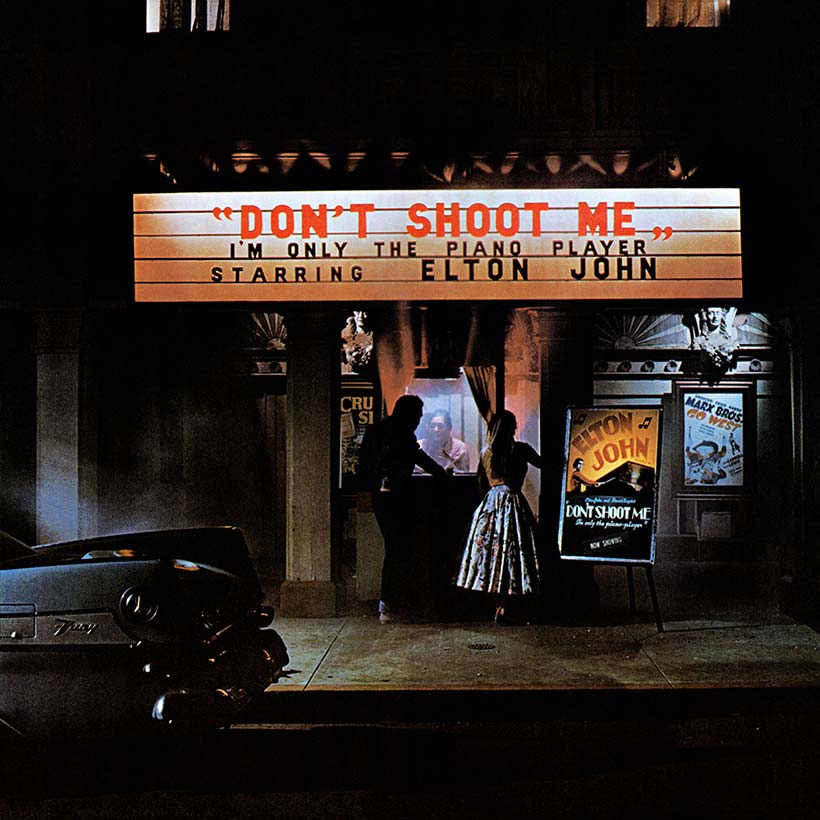The Great Meteor Procession 112 years ago
An odd and still-unexplained parade of meteors on this date dazzled viewers in Canada, the northeastern United States and ships in the Atlantic all the way down to Brazil. The origin of the event called the Great Meteor Procession of 1913, after more than a century, is still unknown.
This procession of meteors was unlike other meteor showers, where zippy streaks of light all radiate outward from a single point. The February 9, 1913, meteors appeared to cross the sky in formation, on nearly identical paths. Their pace across the sky was stately and measured.
Today in science: February 9, 1913. An odd & unexplained parade of meteors on this date dazzled viewers in Canada, the US, & ships in the Atlantic all the way to Brazil. The event is usually known by the name the Great Meteor Procession of 1913, & its origins are still unknown. pic.twitter.com/86HdyEkKkD
— David Crook (@StellarInsights) February 9, 2021
There was another difference between your average meteor and the 1913 procession. Normal meteors tend to plunge into Earth’s atmosphere and vaporize due to friction with the air. Meteors in annual showers last only seconds. The 1913 meteors appeared to travel almost horizontally, nearly parallel to the Earth’s surface, and thus they remained visible to a single observer for about a minute, and the entire procession took several minutes to pass by.
Plus, observers reported rumblings and other strange sounds, suggesting the 1913 meteors could have been relatively close to Earth when they disintegrated.
Some astronomers later concluded that – because all sightings of the meteor procession occurred along a great circle arc – the source had been a small, short-lived natural satellite of Earth – a temporary second moon. Other theories attempted to prove there was a radiant point for this shower, just as for any ordinary meteor shower.
The densely populated northeastern United States was cloudy on the evening of February 9, 1913. So 30 million potential observers were for the most part unaware of the phenomenon. A 1913 report in the Journal of the Royal Astronomical Society of Canada by Clarence Chant, who collected over 100 eyewitness reports of the event, described the scene like this:
A huge meteor appeared traveling from northwest by west to southeast, which, as it approached, was seen to be in two parts and looked like two bars of flaming material, one following the other. They were throwing out a constant stream of sparks and after they had passed they shot out balls of fire straight ahead that travelled more rapidly than the main bodies.
They seemed to pass over slowly and were in sight about five minutes. Immediately after their disappearance in the southeast a ball of clear fire, that looked like a big star, passed across the sky in their wake. This ball did not have a tail or show sparks of any kind. Instead of being yellow like the meteors, it was clear like a star.
The Great Meteor Procession of 1913
© RASC Archives Acknowledgement: Bradley E. SchaeferLSU
2013-02-09 pic.twitter.com/1q1b20k4JH— Tomorrow Never Knows (@gche) March 4, 2022
Don Olson of Texas State University and Steve Hutcheon of the Astronomical Association of Queensland, Australia, have studied this phenomenon. Sifting through a vast array of archival material, the team discovered seven ship’s reports, all previously unknown, extending the established track of the procession by an additional thousand miles. They reported their results in a 2013 issue of Sky & Telescope magazine. Read more about Olson and Hutcheon’s findings here.
Meanwhile, the exact origin of the meteors in the 1913 meteor procession is still a mystery and may never be known for sure.
Bottom line: On February 9, 1913, lucky observers witnessed the Great Meteor Procession, when bright meteors soared horizontally across the sky for minutes at a time.
EarthSky’s meteor showers: Tips for watching the show
Enjoying EarthSky so far? Sign up for our free daily newsletter today!
Deborah Byrd
About the Author:
Our Editor-in-Chief Deborah Byrd works to keep all the astronomy balls in the air between EarthSky's website, YouTube page and social media platforms. She's the primary editor of our popular daily newsletter and a frequent host of EarthSky livestreams. Deborah created the EarthSky radio series in 1991 and founded EarthSky.org in 1994. Prior to that, she had worked for the University of Texas McDonald Observatory since 1976, and created and produced their Star Date radio series. She has won a galaxy of awards from the broadcasting and science communities, including having an asteroid named 3505 Byrd in her honor. In 2020, she won the Education Prize from the American Astronomical Society, the largest organization of professional astronomers in North America. A science communicator and educator since 1976, Byrd believes in science as a force for good in the world and a vital tool for the 21st century. "Being an EarthSky editor is like hosting a big global party for cool nature-lovers," she says.
Elizabeth Howell
About the Author:
Elizabeth Howell is an award-winning Canadian journalist who can't stop talking about space and science. As a teenager, she saw the movie Apollo 13 and wanted to be an astronaut. That hasn't happened - yet - but at least she gets to write about them. Elizabeth's favourite career moments so far include attending three shuttle launches, and legitimately writing the word "snot" into a Mars Curiosity story. Besides EarthSky, you can read Elizabeth's work in SPACE.com, Universe Today, SEN.com, All About Space and other fun places. Elizabeth's space obsession extends to her hobbies; she's a big fan of Battlestar: Galactica and has met all five TV Star Trek captains. She even visited Captain Kirk's future birthplace in small-town Iowa.






:max_bytes(150000):strip_icc()/020625-skin-plumping-french-mask-social-0507edd039c842538447d968a92f8dd3.jpg)

